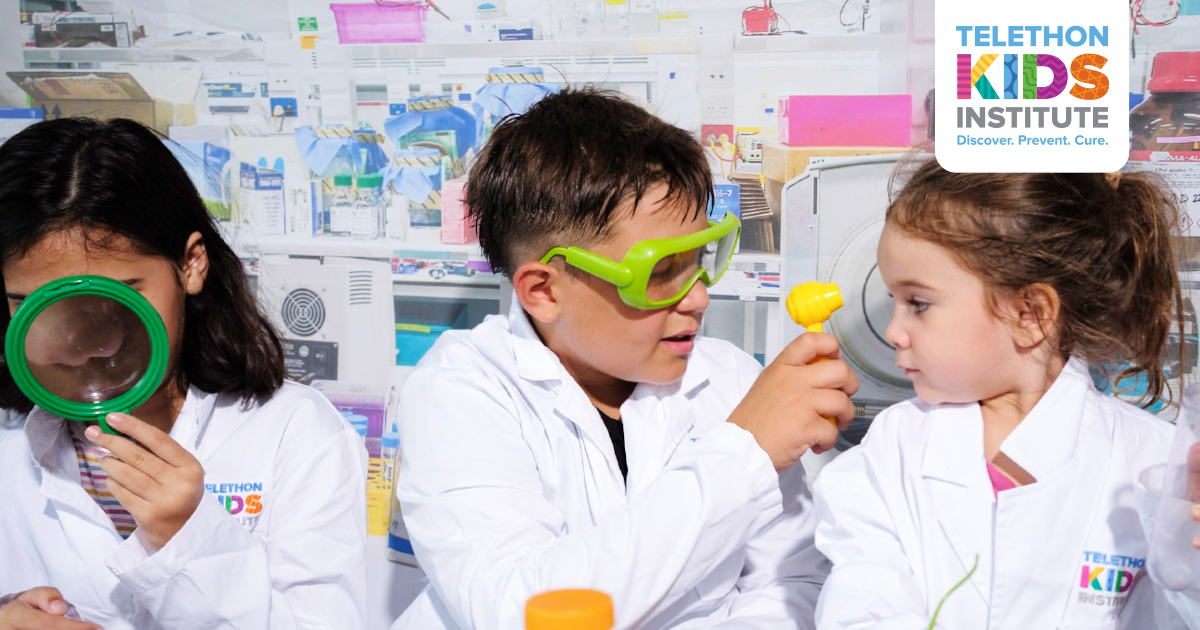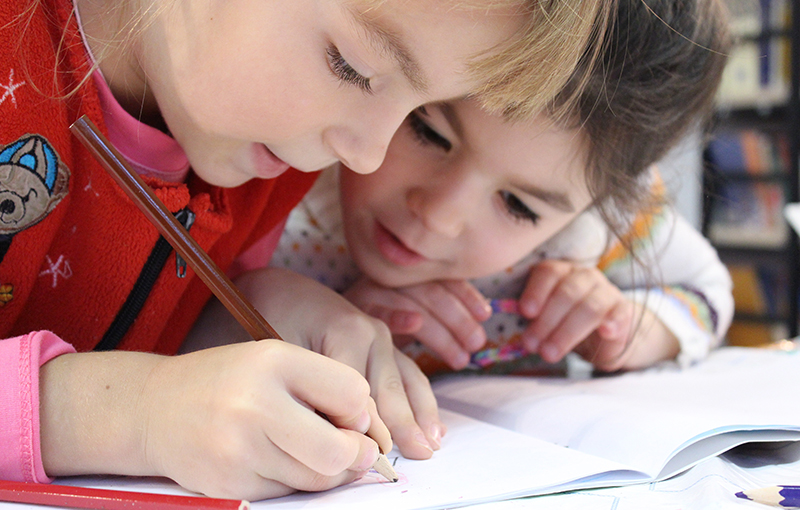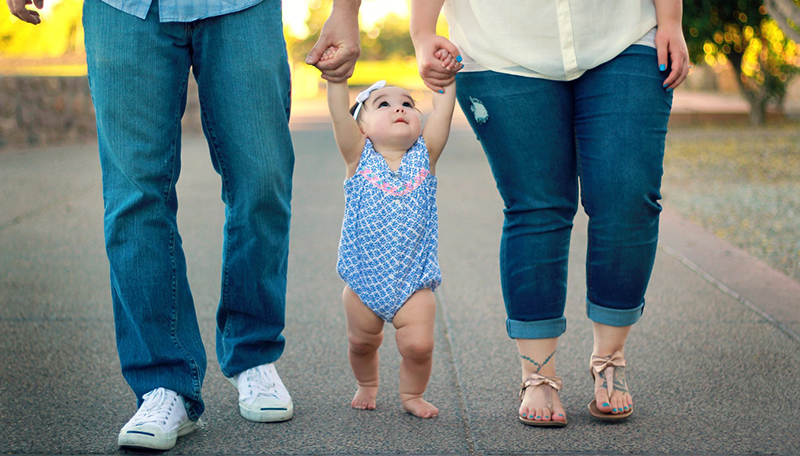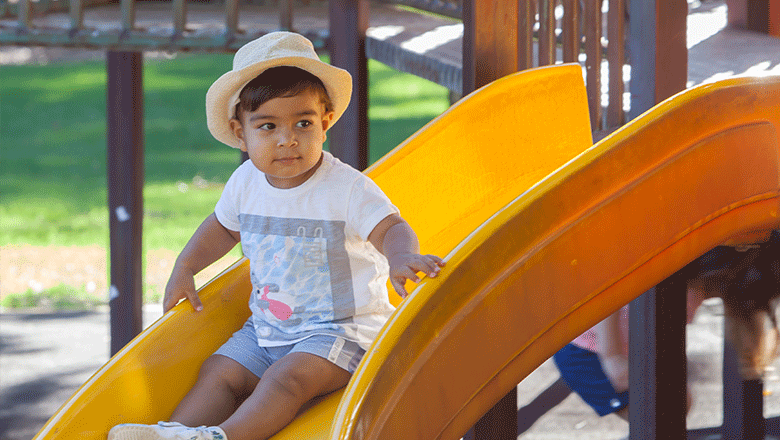Search

News & Events
Broome kids get their hands dirty with real-life scienceThe Kids Research Institute Australia is bringing science to the Kimberley, with a series of free activities for children and families in Broome in the leadup to National Science Week.

News & Events
Life skills for every childColab’s new Bright Tomorrows parent app is helping families across Australia give their young children the best developmental start in life.

News & Events
School readiness is more than just test resultsA new study by researchers at The Kids Research Institute Australia has found there is a bigger picture to consider when determining whether a child is ready to start school.

News & Events
WA, Queensland leading nation’s improvements in early childhood outcomesWestern Australia and Queensland are leading the nation when it comes to ensuring children have a good start at school, according to a study by researchers at The Kids Research Institute Australia.

News & Events
How to tell if your baby is meeting their social and developmental milestonesPaediatrician and researcher Dr Lana Bell shares some important milestones for social development to look out for in the first year of life.

News & Events
Brain & Behaviour community forumWe invite you to join us for a community forum on the future of research in our Brain & Behaviour Research Focus Area.
Research
Kids in Communities Study (KiCS) study protocol: A cross-sectional mixed-methods approach to measuring community-level factors influencing early child development in AustraliaThe Kids in Communities Study will test and investigate community-level influences on child development across Australia
Research
How well can poor child development be predicted from early life characteristics? A whole-of-population data linkage studyA targeted program would have the potential to prevent one-quarter of the cases of being vulnerable on two or more AEDC domains at age five
Research
How many infants are temperamentally difficult?In this letter, the authors respond to the commentary on Chong et al. “How many infants are temperamentally difficult?”; by correcting errors, & then...
Research
How many infants are temperamentally difficult? Comparing norms from the Revised Infant Temperament QuestionnaireThe aim of this study is to compare temperament scores from the original Revised Infant Temperament Questionnaire against scores from a large...
